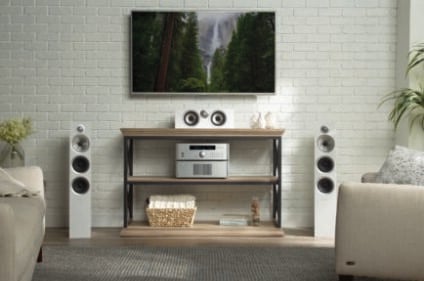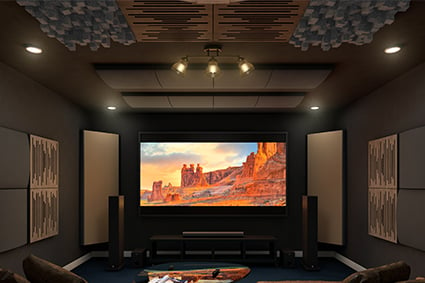The great news is, that you probably have everything we are going to talk about here, it just comes down to knowing the best method to use that already exists on your smartphone.
While vinyl records are still surging in sales, the other side of the coin, music streaming, is growing by leaps and bounds. It is just so cool to have access to millions of songs in your hand enabling you to hear whatever you want whenever you want to hear it. One definite benefit we will see from AI in the streaming world is it will be better able to figure out the kind of music you like and suggest new artists.
So let’s say you want to hear a new song from your favorite band on your pair of powered speakers you just upgraded to. What will be the best way to get the music from your phone to those speakers? This article is about giving you the pros and cons of all the possible ways.
Now it is possible your speakers or system will not have all of the technologies available to receive music, but at least after reading this article, you will know the best one to use that is compatible with your gear.










